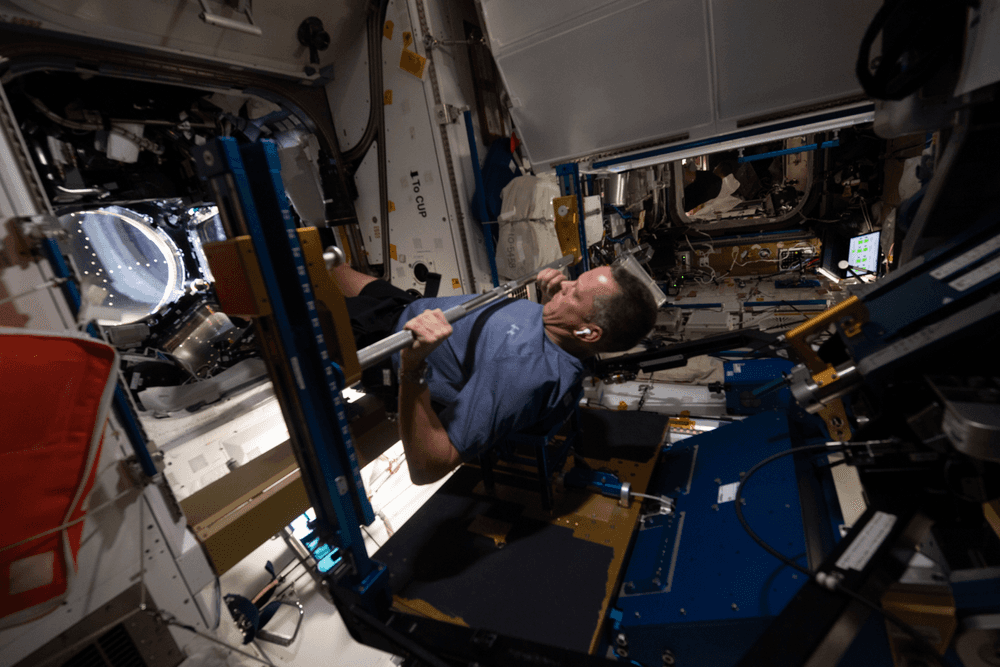Station Science Top News: March 16, 2023
Astrophysicists detected an unexpected fractional change in spin frequency during a fast radio burst (FRB) from magnetar SGR1935+2154 on Oct. 5, 2020. There was no other change to the source's surface thermal or magnetosphere X-ray behavior, yet in subsequent days the magnetar emitted three FRB-like bursts followed by a month-long episode of pulsed radio emissions. These results provide important information regarding magnetar radio bursts and their behavior.
Magnetars are a subset of neutron stars, the dense glowing cinders left behind by supernovas. This one has been monitored by NICER since its first FRBs in April 2020. Its change in spin frequency could have been caused by crustal plasma shedding close to its magnetic poles generating winds that spread along the magnetic field lines. This would rapidly reduce the magnetar’s angular momentum and cause a wiggle or glitch in its spin. Observing neutron stars helps resolve competing models of their composition and behavior and answer decades-old questions about extreme matter and gravity.
newArticle.png)
Learn more here.
***
Researchers found that 600 minutes of aerobic and resistance exercise each week was not enough to prevent the deterioration of bone, muscle, and cardiorespiratory fitness in astronauts on long-duration spaceflights. Without different interventions, up to 17% of astronauts could experience more than 20% deconditioning during future missions, affecting their health and task performance.
ARED is an exercise system that allows crew members to experience load or resistance to help maintain muscle strength and mass during long periods in space. It exercises all major muscle groups, focusing on the primary resistive exercises, including squats, dead lifts, and heel raises. Since 2008, resistive exercise has been an important countermeasure against weakening of the major muscle groups and bone loss. These results point to a need to refine current approaches or add additional interventions.

***
The SpaceX 27th CRS mission carried new scientific experiments and technology demonstrations to the space station this week. These investigations include:
- Engineered Heart Tissues-2 tests new therapies to prevent microgravity-induced changes in heart cells. This research could lead to countermeasures that protect explorers in space and patients at risk of developing heart disease on the ground.
- CapiSorb Visible System demonstrates control of liquids that can absorb carbon dioxide using capillary forces, the interaction of a liquid and solid that can draw a fluid up a narrow tube, much like water soaking into a paper towel. Results could inform design of new carbon dioxide removal systems for future crewed missions to the Moon and Mars.
- Biofilms is an ongoing study from ESA examining formation of microbial films and testing the antimicrobial properties of different surfaces. Results could clarify how gravity affects biofilm formation and support development of materials that minimize microbial contamination inside spacecraft and in settings such as hospitals and public facilities on Earth.







